What are the characteristics of Bolivian coffee beans? how does Bolivian coffee taste?
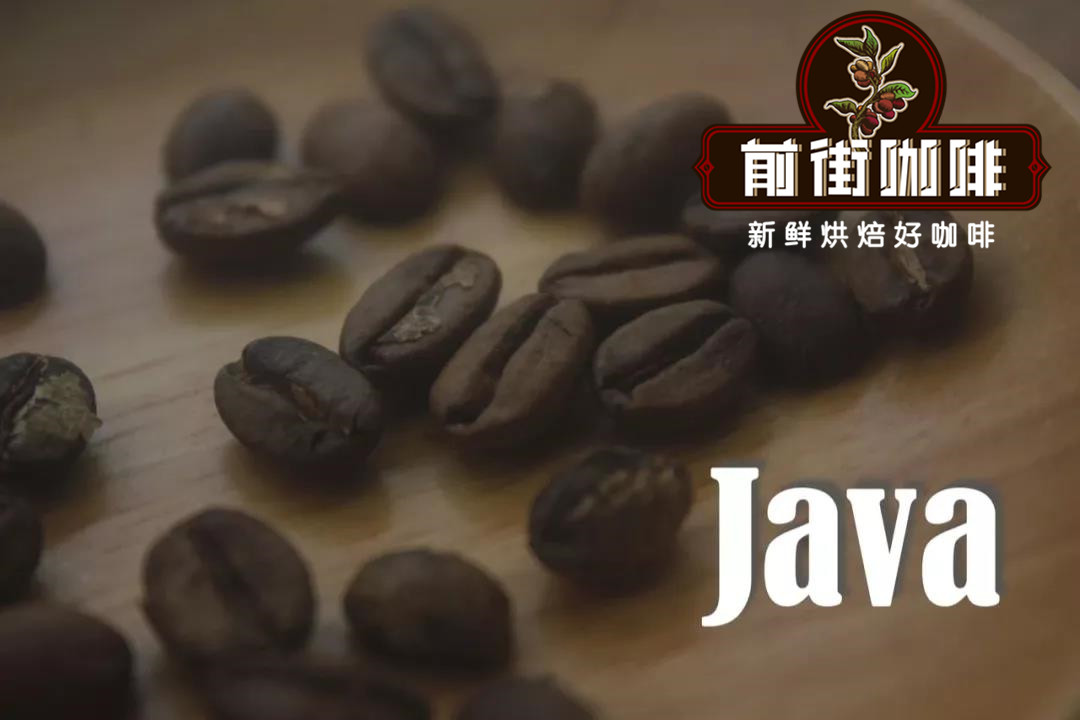
Professional coffee knowledge exchange More coffee bean information Please pay attention to coffee workshop (Weixin Official Accounts cafe_style)
Central and South American coffee has always been known for its high quality, while Bolivia, as a South American coffee-producing country, has not received much attention because of its lower elevation than other South American growing countries. However, Qianjie does not think that Bolivian coffee will be of low quality because of its "low altitude", because the country has a beautiful natural environment and good natural resources as capital, making it a "paradise" for coffee cultivation. This article takes you to know Bolivian coffee.
Geography of Bolivia
Bolivia is located in the middle of South America, bordering Brazil, a coffee producing country, and Peru, a coffee mysterious country, to the north. Bolivia is known as a country of mountains. Its capital La Paz is 3660 meters above sea level. Even Arabica, which loves high altitude growth, cannot be planted in this cold place. But in the Yungas region, northeast of La Paz, bordering the basin, the elevation is slightly lower and the soil is fertile, ideal for growing coffee. So Bolivia is a country where coffee is grown "at low elevations."
History of coffee cultivation in Bolivia
Farming has a long history, dating back to 1880, when production was largely run on a large farm model. From 1932 to 1983, Bolivia suffered internal and external troubles and political turmoil, which made coffee cultivation stagnate or even retrogress. In 1991, the stable Bolivian government encouraged indigenous people to join the coffee growing program in order to revitalize the country's economy, but did not pay attention to the quality of coffee at that time. Transportation difficulties limit the growth of Victoria's coffee industry due to poor national infrastructure.
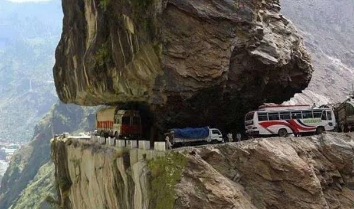
Bolivian coffee-producing regions
Bolivia's main coffee-producing area is the Yonggas region, where the infrastructure is relatively backward, lack of large-scale washing and treatment plants, when the coffee ripens, farmers have to pick the ripe fruit, immediately transported to La Paz higher than the region for processing, and Yonggas through La Paz steep road, known as the "death road." Coffee fruits tend to ferment and rot on the way to transportation, producing unpleasant smells such as choking.
Bolivian regional flavours
Front Street Cups Bolivian coffee beans found that coffee produced at high altitudes generally has a deep and rich sweetness, soft citrus acidity and alternating black fruit and berry flavors, while coffee produced at relatively low altitudes shows a balanced taste, excellent chocolate sweetness, soft acidity, and malt and dried fruit flavors.
Bolivian coffee is a sign of quality
Before the twenty-first century, Bolivian coffee was in the right place at the right time, except for the right people. Between 2000 and 2004, USAID, in an effort to curb drug abuse and recognizing Bolivia's coffee potential, funded the construction of a large-scale washing plant and related measures in the Yungas region. It ended a 100-year-old "road of death." Panamanian coffee experts also came to Bolivia to assist the coffee industry, they believe that only the development of high-quality specialty coffee can lead coffee farmers to the road to prosperity, so in the Yonggas region of Caranavi set up a "Central Coffee Production Association" to improve the quality of coffee.
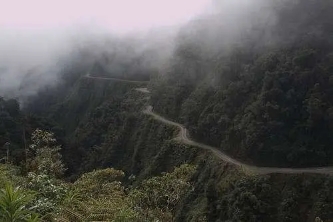
In 2004, Bolivia held the first COE Cup of Excellence competition, with 13 fine beans scoring more than 84 points, among which the champion bean scored as high as 90.44 points, marking the first time Bolivian coffee was internationally recognized. At the WBC (World Barista Competition) 2017, Japanese player Miki Suzuki used the summer from Bolivia to win the world runner-up with his superb skills and the deep flavor of Bolivian coffee.
Tomorrow Sun Project
This is a comprehensive plan to upgrade Bolivian coffee, which requires a lot of money and effort to coach smallholder farmers, including technical support, breeding, pruning, harvesting and other important technologies, and to buy smallholder coffee at a high price, so that farmers 'income and quality into a good cycle of sustainable management. The Rodriguez family visits all of the Tomorrow Sun Project members monthly to provide personalized technical assistance and agricultural advice, even the simplest of which can go a long way.
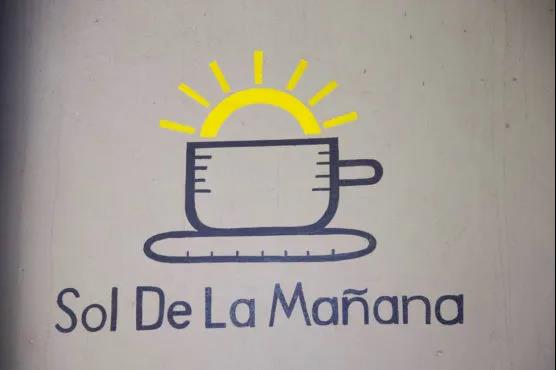
As Kannon's productivity increased, the Rodrigues stressed to them that they should continue to focus on quality rather than quantity. Farmers are also being taught to take care of what they have and make the most of it to maximize production. The Rodriguez family also hosts workshops year-round with leading agronomists. These workshops allow farmers to meet with each other, share their experiences and discuss ways to solve problems they encounter.
Bolivian coffee varieties
Bolivia is mainly planted Arabica, mainly iron pickup, cadura, caduai, in addition to planting rose summer, SL-28, java and other varieties, the whole country adopts the form of organic cultivation, coffee quality is high.
Java is a very interesting bean species, which is strongly related to Indonesia from its name, but in fact Java was originally a coffee species born in the virgin forests of Ethiopia, collected by local peoples and then transmitted to Indonesia through Yemen, where it was named Java. Java was originally thought to be a variant of tibeka, but genetic alignment revealed that Java was actually a coffee variety from Ethiopia, Abyss inia.
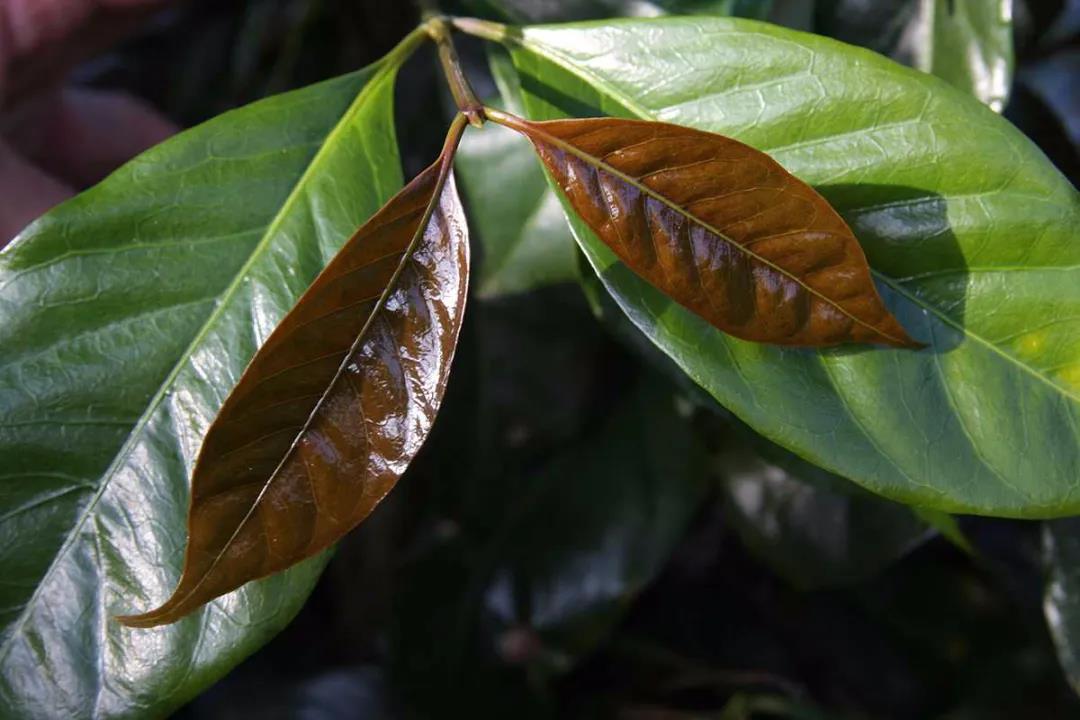
After reaching Indonesia, the Java variety spread first to the nearby Timor islands and then to Cameroon in East Africa, where it was first released for cultivation in 1980. As for the spread to Central and South America, it was introduced to Costa Rica in 1991 through CIRAD (the Centre de Coopération Internationale en Recherche Agronomique pour le Développement) under the leadership of breeding expert Benoit Bertrand. The first Central American country to officially recognize the Javanese variety was Panama. Java fruits and seeds are long, shoots are brassy, plants are fairly tall, but yield is low. Because of its outstanding flavor, it is not inferior to rose summer, and has stronger resistance to leaf rust and coffee fruit disease, which is very suitable for smallholder cultivation.
Front Street Coffee--Bolivian Valiki Estate Cocoa Sunning Java
Coffee producing area: La Paz Valiki estate
Planting altitude: 1600 m
Coffee varieties: Java
Treatment: cocoa sun treatment
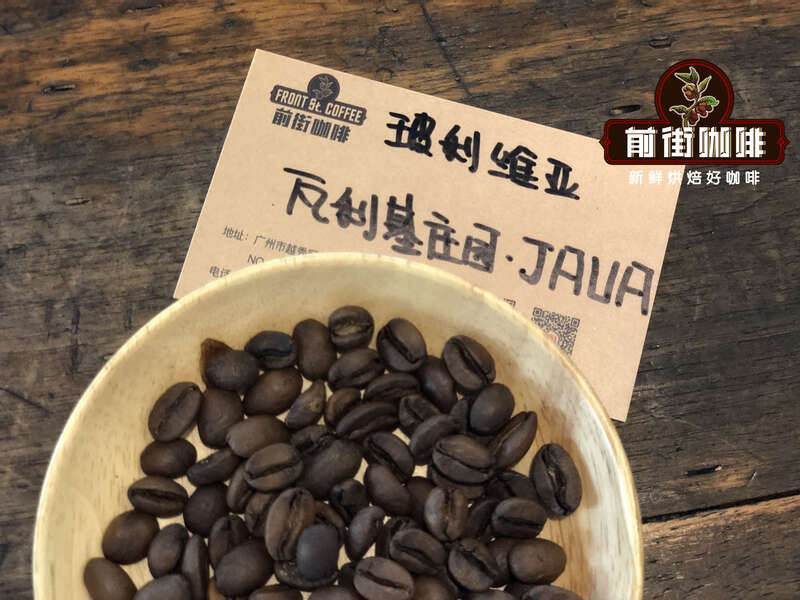
cocoa solarization
During harvest season, the estate hires pickers from the Bolinda community to carefully select the coffee fruit during the harvest. These pickers are trained to pick only ripe coffee fruits, and the harvest season is divided to ensure that the coffee fruits are picked at the best ripeness. The estate uses crates to ensure that the coffee is not damaged during transport and also to keep the coffee fruit ventilated, thus preventing unnecessary early fermentation.
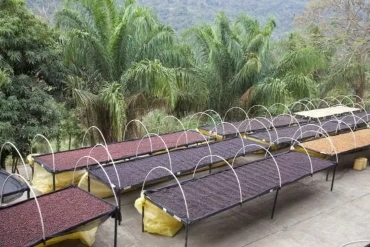
After sorting and weighing, the coffee fruits are carefully washed and dried on raised African drying beds, then turned over every hour. After about a week, the coffee fruit is placed in a cocoa dryer. Never before had a cocoa dryer been used for the processing of coffee beans, but Pedro Rodriguez's family has been innovating and experimenting with different processing techniques and has found that cocoa dryers can slowly and continuously dry coffee beans at low temperatures, thus reducing the impact of weather conditions. After the beans are dried, they are transported to La Paz to rest and then dehulled at Agricafe's drying plant La Luna. In this factory, coffee is carefully shelled and sorted mechanically, in addition to manual sorting under ultraviolet light and natural light.
Front Street Coffee Roasting Advice
Front Street Roasts this cocoa sun-treated Java. In order to highlight the fermentation brought by the treatment and the floral, berry and nutty characteristics of the Java beans themselves, Front Street Roasters use a medium to light degree of roasting.
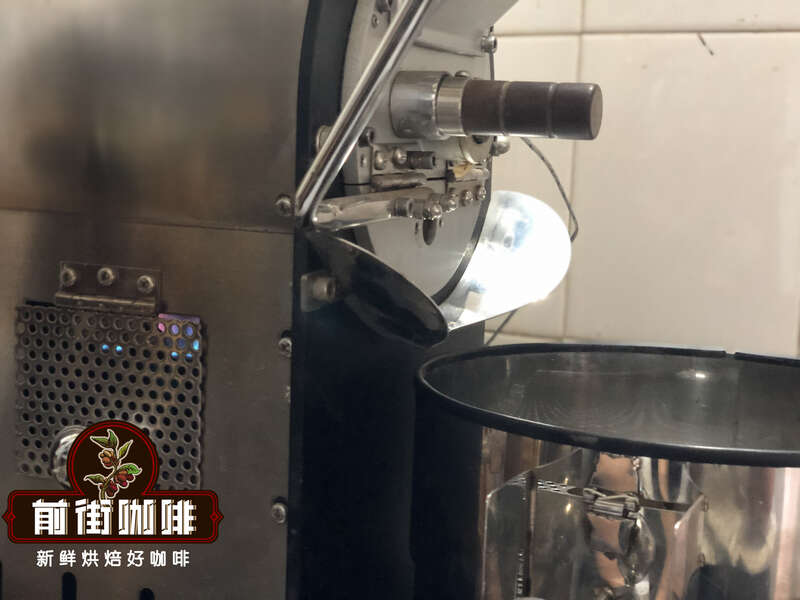
Yangjia 800N, baking capacity 480g: furnace temperature 170℃ into the pot, fire 120, damper open 3; return temperature point 136 ", furnace temperature 111℃ when the damper open to 4; furnace temperature 151℃ when the bean surface turns yellow, grass flavor completely disappeared, into the dehydration stage; temperature to 164 ℃, damper open 5, bean surface ugly Hu wrinkles and black stripes, toast flavor obviously changed to coffee aroma, can be defined as a prelude to explosion, at this time to hear the sound of an explosion point, to 10 18" to start an explosion, damper unchanged, after an explosion development of 1 '00 "minutes, 190℃ pot.
Front Street Coffee Cup Test Report
Front Street Coffee will cup test the sample beans within 8-24 hours of roasting. The cup measuring bowl generally used by the front street coffee master has a capacity of 200ml ceramic bowl, which will be marked with 150ml and 200ml graduation marks. According to SCAA standards, the TDS of water is about 150ppm. Too low TDS will easily cause excessive extraction. Too high will affect the taste and easy to extract. The water temperature used in the cup measuring is 94°. According to SCAA's cup test standard, the grinding degree is controlled as No. 20 standard sieve (0.85 mm), and the pass rate is 70%-75%. Ratio: 11 grams of coffee powder plus 200 ml of hot water, that is, 1: 18.18, so that the extracted concentration is exactly in the range of 1.15%-1.35%, soaking time: 4 minutes.
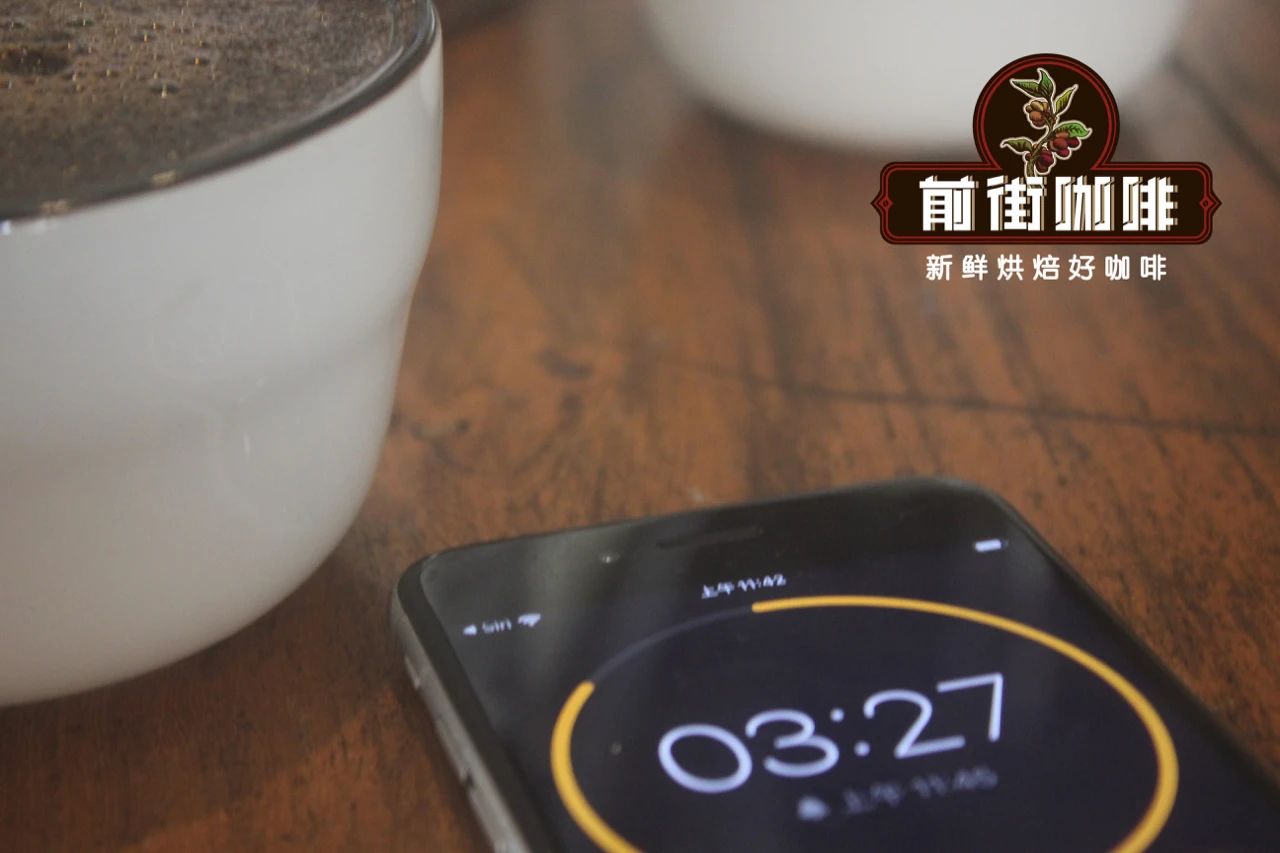
Dry aroma: fermented aroma
Wet aroma: grape, fermentation feeling
Flavor: Fermented, grape, nutty, slightly floral, honey, creamy
Front Street Coffee Brewing Experience
The recommended temperature for brewing light baked beans is 90-91℃, and the aromatic substances and acids of light baked beans can be extracted with higher water temperature. Because the beans in the medium and light roasting are harder, increasing the water temperature can increase the extraction efficiency of coffee powder and avoid unpleasant flavors such as sharp acid.
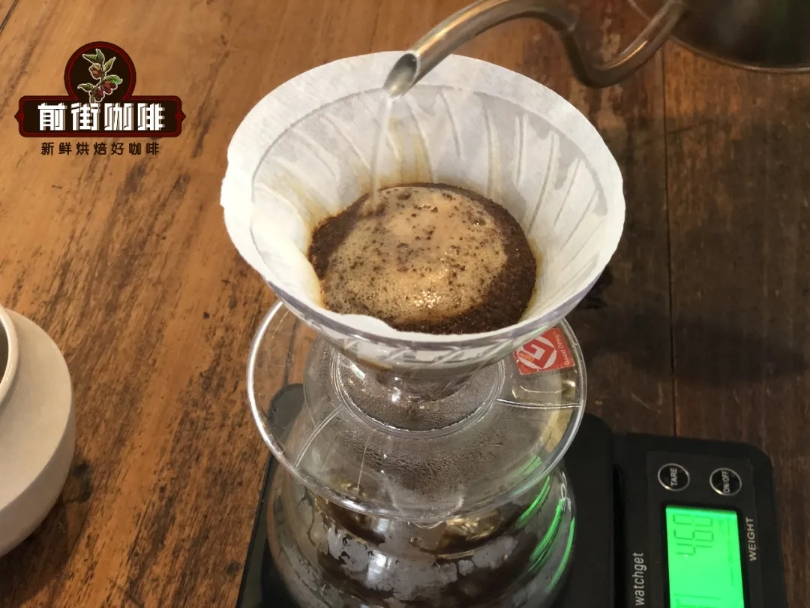
Water temperature: 90-91 degrees
Grinding degree: BG #6m (No. 20 sieve pass rate 80%)
Powder water ratio: 1:15
Powder: 15g
For grinding degree, the front street is determined by sieving, according to the grinding recommendations provided by the American Fine Coffee Association SCA for hand brewed coffee, and the front street is combined with actual operation verification. If there is no sifter at home, the suggestion of Front Street Coffee is to observe the speed of water flow to judge, water flow fast is coarse powder, water flow slow is fine powder.
Front Street Cooking Method: In the first stage, inject 30g of water for 30 seconds, then inject 95g (electronic scale shows about 125g), about 1 minute to complete injection, when the water level drops to 2/3 of the powder layer, inject the remaining 100g (electronic scale shows about 225g), about 1 minute 40 seconds to complete injection. 1 55"-2 00" Drip filtration completed, remove the filter bowl, complete extraction.
Brewed Flavor: Slightly fermented, grape, slightly nutty, floral, medium acidity, juicy taste.
More fine coffee beans, please add private WeChat Qianjie Coffee, WeChat: kaixinguoguo0925
Important Notice :
前街咖啡 FrontStreet Coffee has moved to new addredd:
FrontStreet Coffee Address: 315,Donghua East Road,GuangZhou
Tel:020 38364473
- Prev
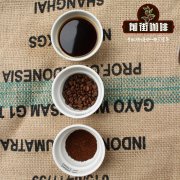
What kind of coffee can Ethiopia buy? Ethiopian narcissus coffee bean flavor.
Professional coffee knowledge exchange more coffee bean information please pay attention to the coffee workshop (Wechat official account cafe_style) dry strong floral aroma, hot water injected after the cup test was shocked by this multi-level and refreshing flavor, such refreshing and elegant coffee, unexpectedly as chewing petals to drink fruit tea as charming, and each temperature presents a different fruit tone, even the tail rhyme is very fresh
- Next
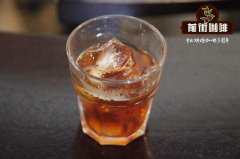
Introduction of Coffee Variety and Flavor in Copacabana producing area of Bolivia
For more information on coffee beans, please follow the Coffee Workshop (Wechat official account cafe_style) Bolivia is a landlocked country in South America and the center of the ancient Inca empire. It is also one of the few countries in South America where the local language is still widely used. From the peaks of the Andes to the vast saline plains, Bolivia has diversity
Related
- Detailed explanation of Jadeite planting Land in Panamanian Jadeite Manor introduction to the grading system of Jadeite competitive bidding, Red bid, Green bid and Rose Summer
- Story of Coffee planting in Brenka region of Costa Rica Stonehenge Manor anaerobic heavy honey treatment of flavor mouth
- What's on the barrel of Blue Mountain Coffee beans?
- Can American coffee also pull flowers? How to use hot American style to pull out a good-looking pattern?
- Can you make a cold extract with coffee beans? What is the right proportion for cold-extracted coffee formula?
- Indonesian PWN Gold Mandrine Coffee Origin Features Flavor How to Chong? Mandolin coffee is American.
- A brief introduction to the flavor characteristics of Brazilian yellow bourbon coffee beans
- What is the effect of different water quality on the flavor of cold-extracted coffee? What kind of water is best for brewing coffee?
- Why do you think of Rose Summer whenever you mention Panamanian coffee?
- Introduction to the characteristics of authentic blue mountain coffee bean producing areas? What is the CIB Coffee Authority in Jamaica?

